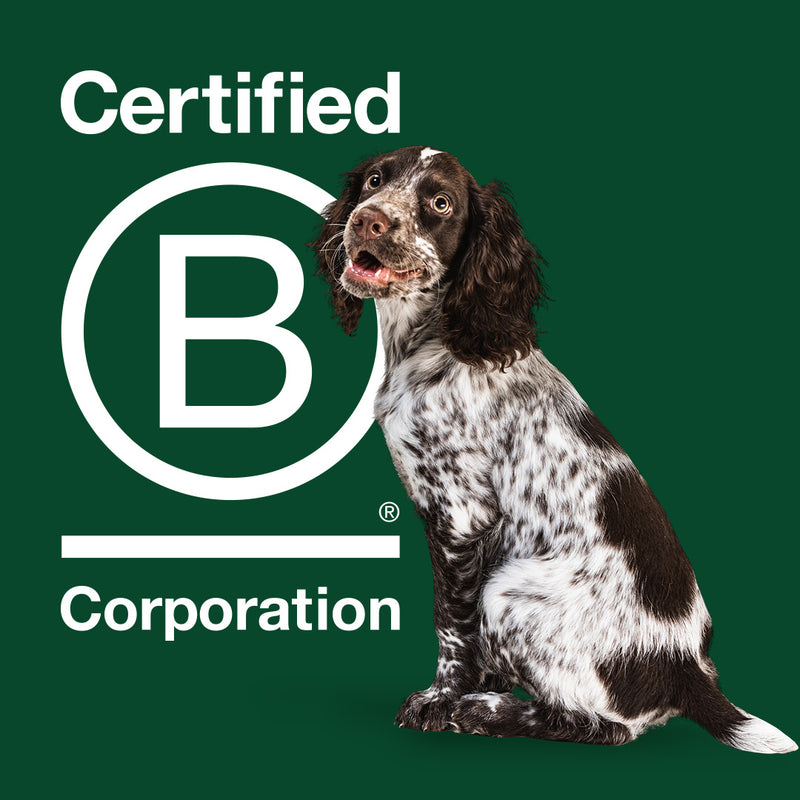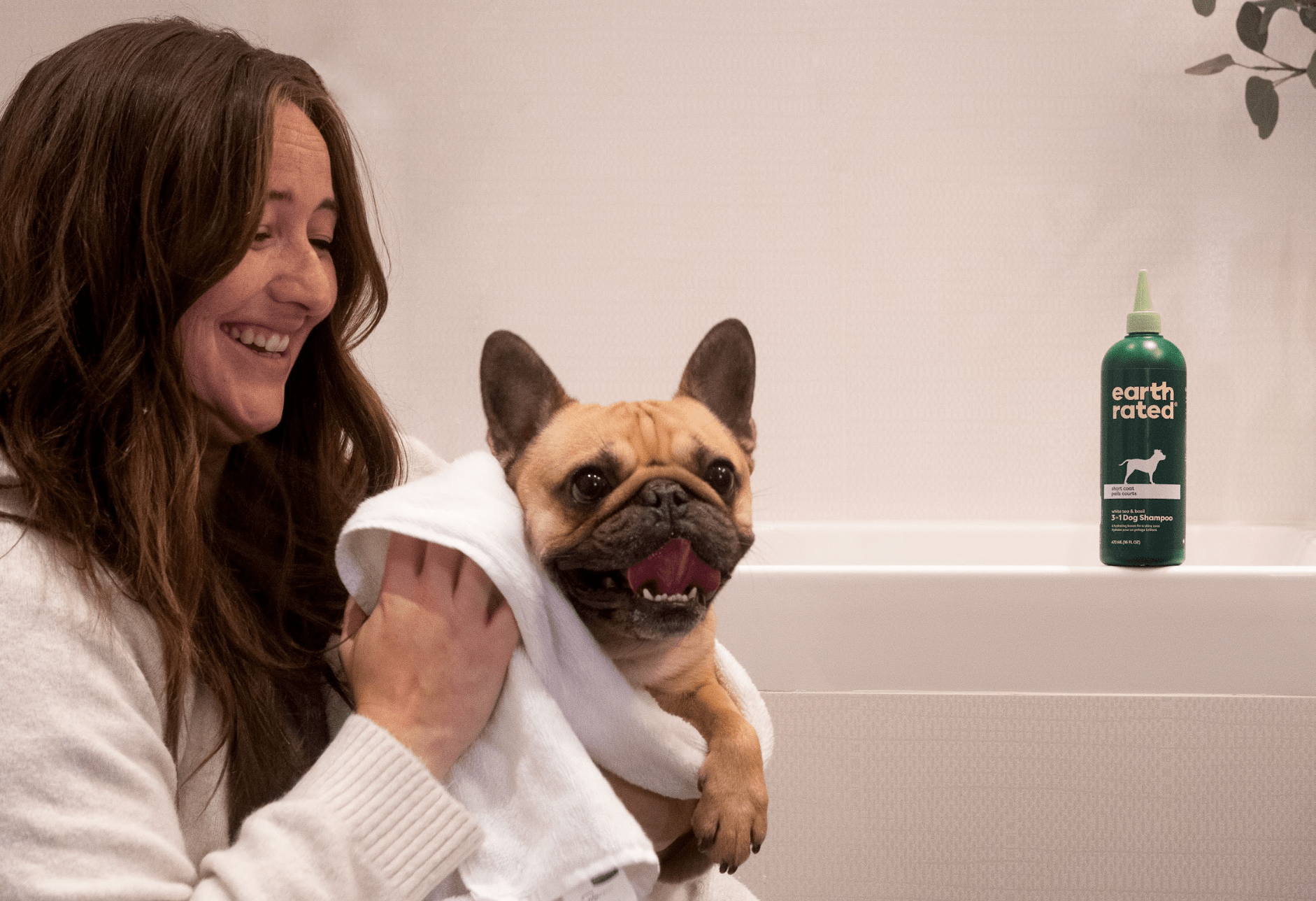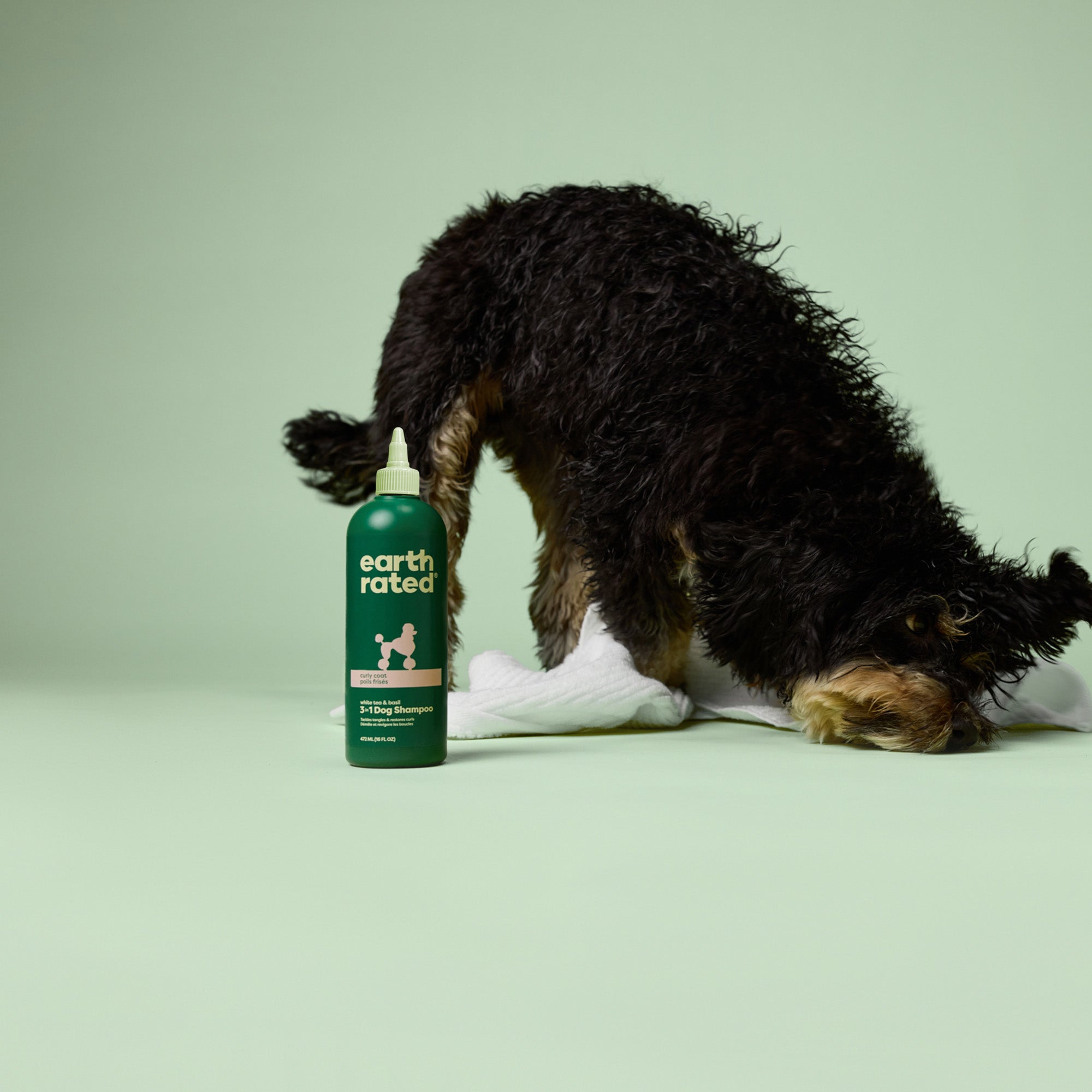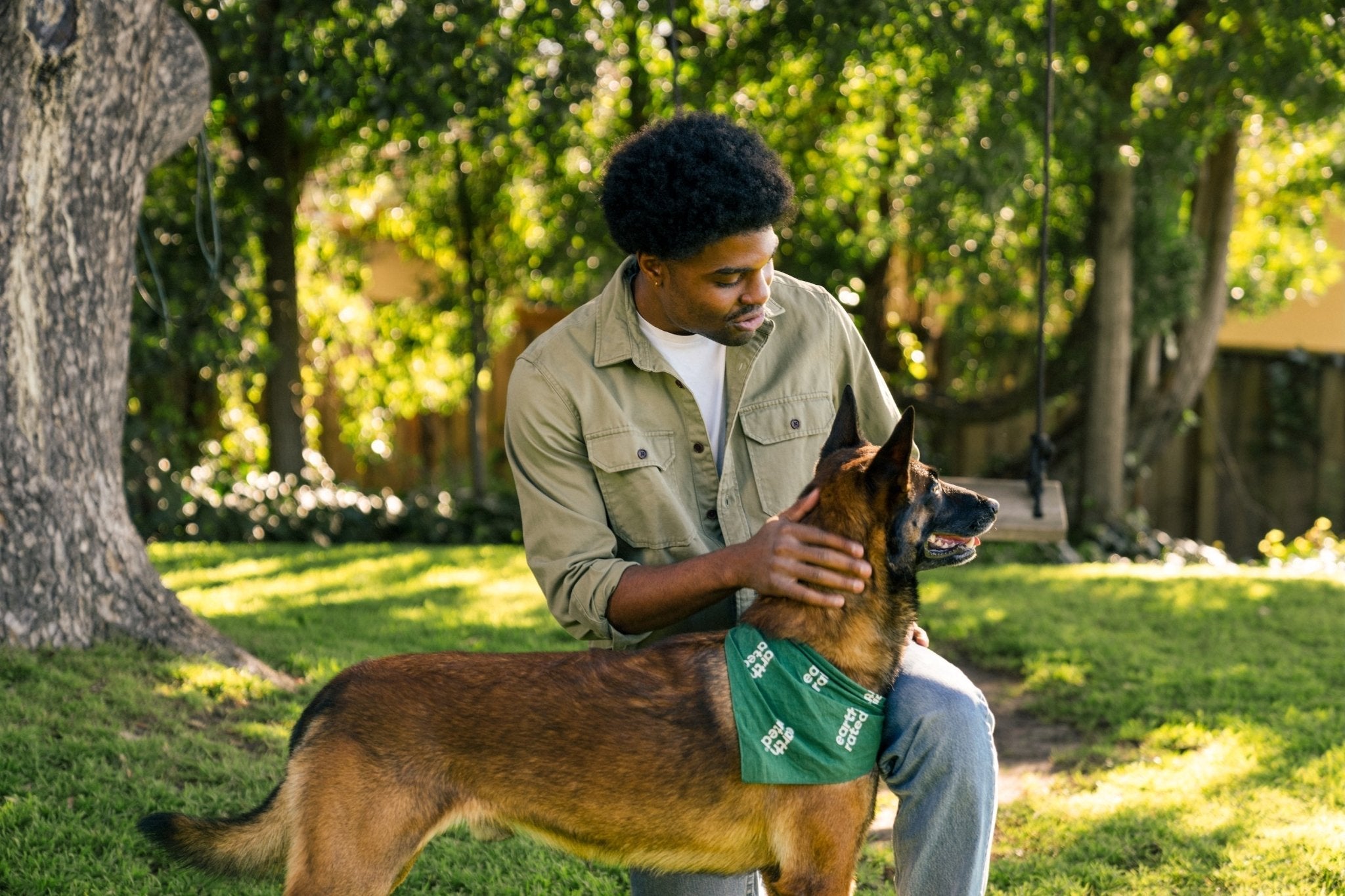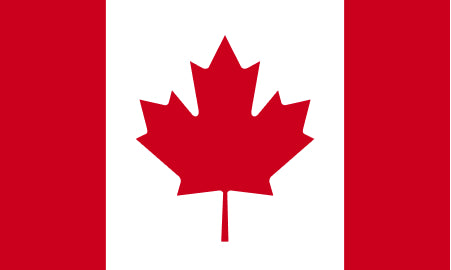Living with a dog comes with wet kisses, fluffy cuddles, and… lots of fur-covered furniture and clothes! Noticing an increase in shedding a couple of times a year is totally normal but excessive shedding throughout the year could be a sign something is up with your pup.
In fact, excessive shedding can be a sign of an underlying health problem. Giulia D'Ignazio, a dog groomer and owner of Brandy’s Canine Grooming notes that too much shedding could be caused by allergies or a lack of proper nutrition.
If you’re finding wayyy more dog hair than usual around your home, keep reading to learn why. Also included below are some helpful tips to help reduce shedding!

Understanding Dog Shedding
For most dogs, shedding their coat is a natural part of their life. Just like we lose old hair, our dogs also lose old fur, it’s how their fur remains new and healthy. But the amount a dog sheds can vary greatly.
Natural Shedding Cycles
Dogs with double coats, like Huskies and Golden Retrievers, tend to shed more heavily, twice a year – during spring (to shed their winter undercoat) and fall (to grow a thicker coat for the winter).
Dog breeds with only a single coat tend to shed more consistently throughout the year, leading to a lower amount of fur lost at a time. But even single-coated dogs may experience seasonal shedding, depending on the weather.
Giulia notes, “the warmer it is, the quicker shedding season comes along.” That includes dogs that tend not to shed much!
Common Causes of Excessive Shedding
Some shedding is normal in dogs but excessive shedding could be a cause for concern. If you notice your dog is shedding much more than usual, this could be due to a lack of nutrition in their diet, causing their coat to fall out.
Additionally, an underlying health problem could also be causing your dog’s excessive hair loss. Giulia recommends a trip to your veterinarian to rule out any serious underlying health issues.
Identifying the Root Cause of Excessive Shedding
If you’re wondering “Why is my dog shedding so much,” the most common causes include allergies, parasites, poor diet, stress, and hormonal imbalances.
Getting to the bottom of your dog’s excessive shedding will require a little bit of digging. Let’s take a closer look at some of the most common causes to help you figure out why your dog is shedding so much.
Health and Medical Issues
If having a handful of fur after petting your dog is not the norm for you, then your dog’s hair loss could be caused by an underlying health problem, including:
- Hormonal Imbalances: Excessive production of the stress hormone cortisol (Cushing’s disease) can cause dogs to lose their fur.
- Allergies: All types of allergies, including environmental, food, and medicine can cause your dog to lick and scratch the irritated area which leads to hair loss.
- Parasites: Fleas and mites can irritate your dog's skin, causing them to scratch and shed excessively.
Environmental and Lifestyle Factors
Changes in your dog’s everyday lifestyle can also disrupt their natural shedding cycle, leading to excessive shedding, including:
-Diet: Giulia explains, “Lack of nutrients can cause shedding without regrowth leaving dogs to be patchy.” A poor diet may lack essential nutrients your dog needs, leading to a dull, unhealthy coat and increased shedding.
-Stress: Excessive shedding can even be a sign of stress. If your dog’s routine has recently changed or you have a new member in the home, your dog’s shedding could be caused by the stress they are feeling.
When in doubt, it’s always best to speak to your local vet or groomer about your dog’s coat health. They will be able to rule out any underlying health problems and advise you on the best food to feed your pup.
Effective Solutions to Manage Shedding
Regular Grooming
Giulia notes that the best way to minimize shedding in dogs involves regular brushing. Routine brushing removes loose fur before it ends up on your couch! Of course, different breeds require different levels of grooming. Dogs with double coats and lots of fur may need to be brushed every few days. Short haired dogs can likely go a week or so between sessions.
So which type of brush should you use? Giulia recommends a slicker dog brush. A lower quality brush can lead to fur damage and skin irritation, which can increase shedding.
If you want to take your grooming routine a step further, you can get a good dryer. Giulia explains that “a good dryer will blow out all the dead hair,” leaving less to end up on your floor!
Bathing and Shampooing
While a full bath isn't an everyday occurrence, (as it can dry out your dog's skin), a regular bath can help remove loose fur and improve your dog’s coat health.
How often you should bathe your dog will depend on their breed, coat type, and skin sensitivity. Below, are a few examples of coat types and the Earth Rated shampoos specifically formulated to keep that coat clean and healthy.
|
Coat Type |
Bath Frequency |
Earth Rated Shampoo |
|
Double-coated dogs -> |
2-3 times a year -> |
|
|
Short-coated dogs -> |
Once a month -> |
|
|
Curly-coated dogs -> |
Every 6-8 weeks -> |
If your dog’s excess shedding is caused by allergies, you may want to opt for Earth Rated’s hypoallergenic wipes to help remove dirt, dust, and allergens from your dog’s coat and paws. Formulated with gentle ingredients, they're safe enough for daily-use.

Diet and Nutrition
“Raw diets & proper supplements/oils usually give a healthy coat to the dogs,” explains Giulia. A balanced diet rich in omega-3 fatty acids and other essential nutrients can work wonders for your dog’s coat health. A healthy coat is one that sheds less.
Giulia recommends adding salmon oil, coconut oil, or olive oil to your dog’s diet to help keep their coat and skin healthy. When in doubt, double check any drastic changes to your dog's diet with your vet.
Tips for Reducing Shedding in Your Home
It’s never fun to find dog hair on your plate! But there are some tips and tricks to keep your home clean and your dog’s fur solely on your dog!
Cleaning and Maintenance
Tools and Accessories
Having the right tools in your doggy tool kit can help make cleaning much more productive (and less time-consuming). Here are a few recommendations:
When to Consult a Veterinarian
If after you’ve implemented a regular grooming routine and improved your dog’s nutrition, you still notice your dog is shedding excessively then it’s time to take a trip to the vet.
Recognizing Signs of a Larger Issue
While some shedding is normal, these signs may indicate that your dog has an underlying health issue that needs medical attention:
Professional Treatments
If you suspect a medical cause for your dog's shedding, your veterinarian can help diagnose the problem and recommend the best course of treatment.
Depending on the cause of shedding, treatments may include:
Additionally, your vet will be able to advise you on the normal shedding patterns for your specific dog’s breed and coat type so you can quickly spot when a problem is first arising.
Final Thoughts
If you're a dog owner, the truth is: you’ll likely always be dealing with some fur floating around your home. Dog shedding is a completely natural process. But a regular grooming routine can help you reduce shedding.
Many dogs shed seasonally, so an increase in the fall and spring is expected. But if your dog suddenly starts shedding to the point of coat thinning or bald spots, it’s time to contact your vet.
Keep your dog's coat healthy and manage shedding with our top-rated grooming products.



